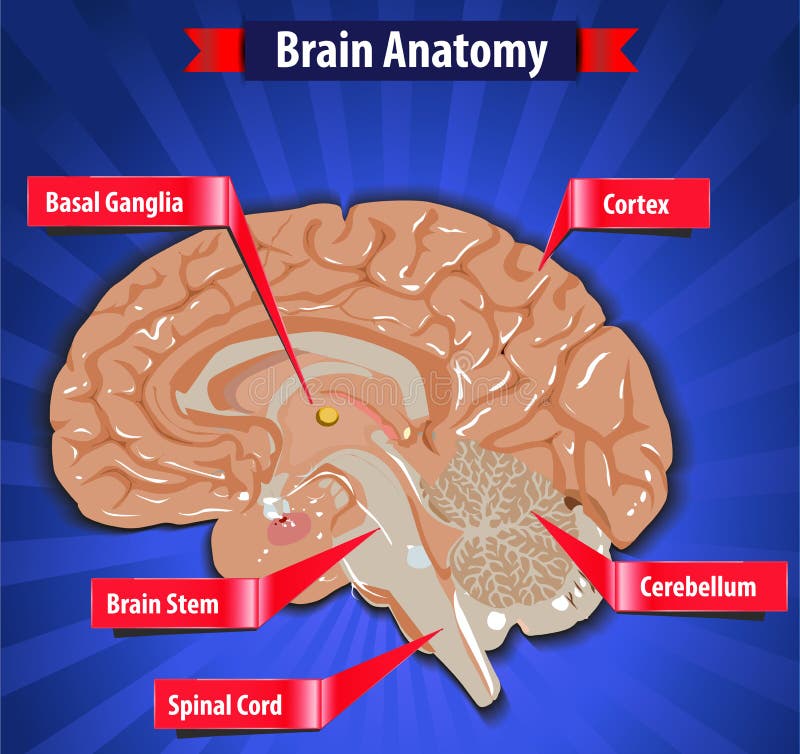


"What emerged was that the set of fibers that crossed a given fiber, invariably - and that's a really strong invariably - look like mutually parallel fibers all coming in like the teeth of a comb and crossing it in one direction." Īnimal studies had suggested this pattern might exist, and researchers already knew that the nerve cells in the spinal cord and brain stem were organized in very structured parallels and perpendiculars even in humans (consider the long nerve fibers that run down the backbone and then branch out perpendicularly from the vertebrae). "What emerged was astonishing," Wedeen said. Using a technique he developed called diffusion spectrum magnetic resonance imaging (MRI), Wedeen traced the movement of water molecules along the intersections of brain fibers (the cellular projections that form the brain's communication network), tracking the orientation of each fiber at each crossing. If we can't figure out how they decide who to talk to and what they tell each other, we just don't understand how the brain functions." "The human brain is the single most complex device in the known universe, and it works by nerve cells talking to each other. "There can be no more fundamental question in philosophy, in psychology," Mesulam told LiveScience.

Mesulam, who was not involved in the study, called Wedeen's work "very exciting." The surface of the brain contains about 40 billion nerve cells, each making about 1,000 connections in a pattern that brain researchers have yet to decipher, said Marsel Mesulam, the director of the Cognitive Neurology and Alzheimer's Disease Center at Northwestern University. "This motif of crossing in three axes is the basic motif of brain tissue." "The upshot is the fibers of the brain form a 3-D grid and are organized in this exceptionally simple way," study leader Van Wedeen, a neuroscientist at Harvard Medical School and Massachusetts General Hospital, told LiveScience. This same pattern appeared in the brains of humans, rhesus monkeys, owl monkeys, marmosets and galagos, researchers report Thursday in the journal Science.


 0 kommentar(er)
0 kommentar(er)
